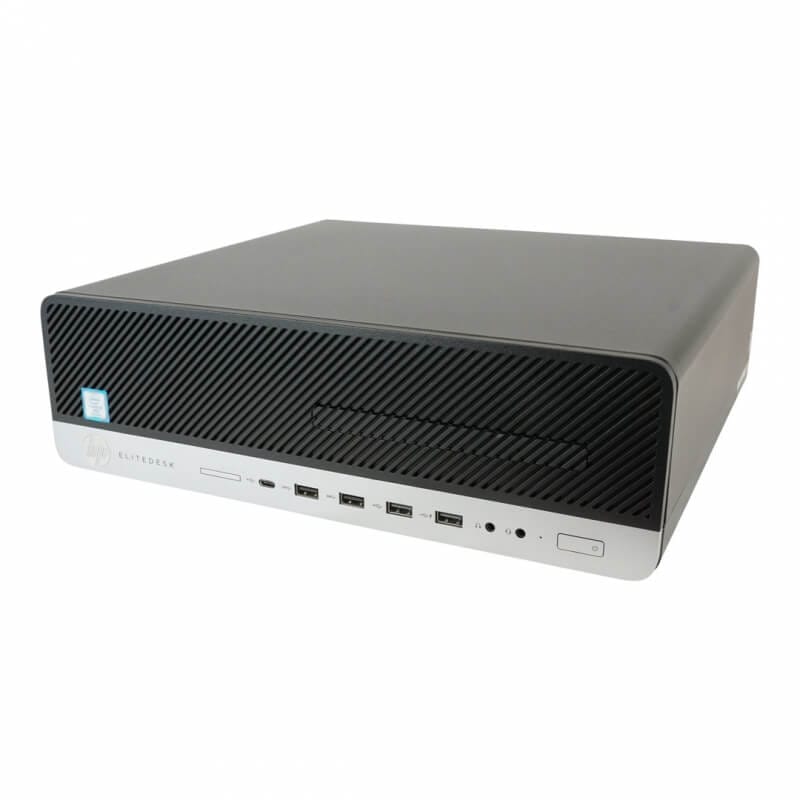Tired of paying for Netflix? Start your own home media server.
Towards the end of last year, I decided that I wanted to bring all of the photos, DVDs and Music I own together into a media server that I could access from anywhere.

Towards the end of last year, I decided that I wanted to bring all of the photos, DVDs and Music I own together into a media server that I could access from anywhere. In this first post, I will look at the hardware I purchased to get set up before moving on in future posts to look at the Operating Systems I tried and apps I have running.
It started when I looked to upgrade my Google Drive to give me more cloud storage. I realised however that whilst this would help in storing more files I didn't have any way of playing them; it was just storage. So I cancelled my subscription and started weighing up the best way to start a new media server based on my own NAS drive.
From my initial research, my options seemed to be to either buy a ready-made solution from the likes of Synology/Asustor/QNAP but they seemed pretty pricey for the hardware available with a 2-bay unit coming in at about £180. A 2-bay unit would fit two specialist NAS 3.5" hard drives which wouldn't allow for upgrading with additional drives later on. Eventually, I stumbled across some Reddit threads which recommended looking into Dell/HP/Lenovo small form factor machines which had two 3.5" drive bays but could also have additional storage and better RAM. Off to Ebay, I went to track a unit down and I managed to get a voucher for money off a refurbished HP G3 800 SFF. With the PC on the way I bagged some storage and it was time to get everything together.
Desktop: HP G3 800 SFF with an Intel I5-6500 Gen 7 4-core processor, Intel integrated graphics, 16GB of crucial RAM (two slots empty) and a 2.5" SSD. It also had a DVD drive but I needed the power supply so this won't be used.

Storage: Two 4TB Seagate Ironwolf 3.5" NAS Drives, two 250GB NVME drives (Western Digital and Kioxia), a 512GB NVME (Samsung) and a 240GB 2.5" SSD (Kingston) that replaced the 480GB one the PC came with as I wanted to use that drive elsewhere. Why so many drives? All will be revealed! I had to buy some additional SATA power cables and two PCIE cards but everything slotted together nicely.
The whole lot came to about £350; maybe not cheap but NAS storage is expensive with the two Ironwolfs costing about £208 for the pair and the desktop coming in at £75 with the discount voucher.
It came with a clean issue of Windows 10 installed but after building a little light gaming rig I needed a Windows OS hence the drive being switched out. When it came to an OS for the server DietPi was an initial option and although I had used it for my tiny AdGuard machine for a noob like me I wanted something a little more beginner friendly. Although I had started learning Linux I knew trying to code everything would be too much so I narrowed down a couple of options to try.



Comments ()